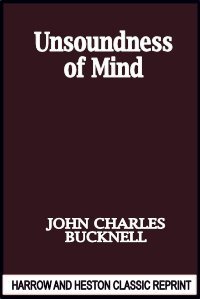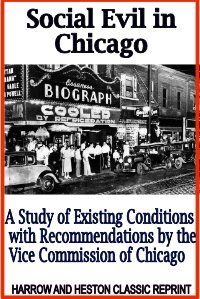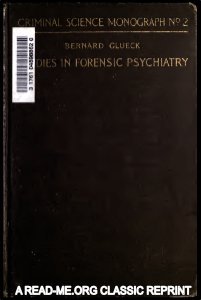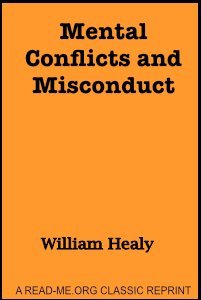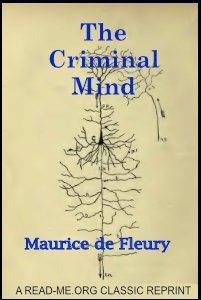By Aidan Sammons and David Putwain
What does a criminological psychologist actually do? Most people picture a modern-day Sherlock Holmes, helping the police to solve crimes, but the reality is far more interesting and complex. Psychology and Crime offers a fascinating introduction to criminological psychology, providing the reader with a comprehensive grounding in everything from cognitive forensics to police interviewing. Concise, informative and accessible, the book explores a range of theories to understand criminal behaviour, from the physiological to the social. It covers a range of contexts within the criminal justice system where psychology offers unique insights, including police investigation, the perspective of witnesses and victims, and courtroom proceedings. Thoroughly updated throughout to reflect developments in the field, and featuring new chapters covering cybercrime, terrorism and insights from neuroscience, this edition also includes a student-friendly ‘Apply your learning’ feature and case studies to bring the research to life. Accessibly written for all levels and with concise coverage of both classic and contemporary psychological theory, this is the ideal book for anyone studying criminal or forensic psychology.
Abingdon, Oxon; New York: Routledge, 2019. 226p.




